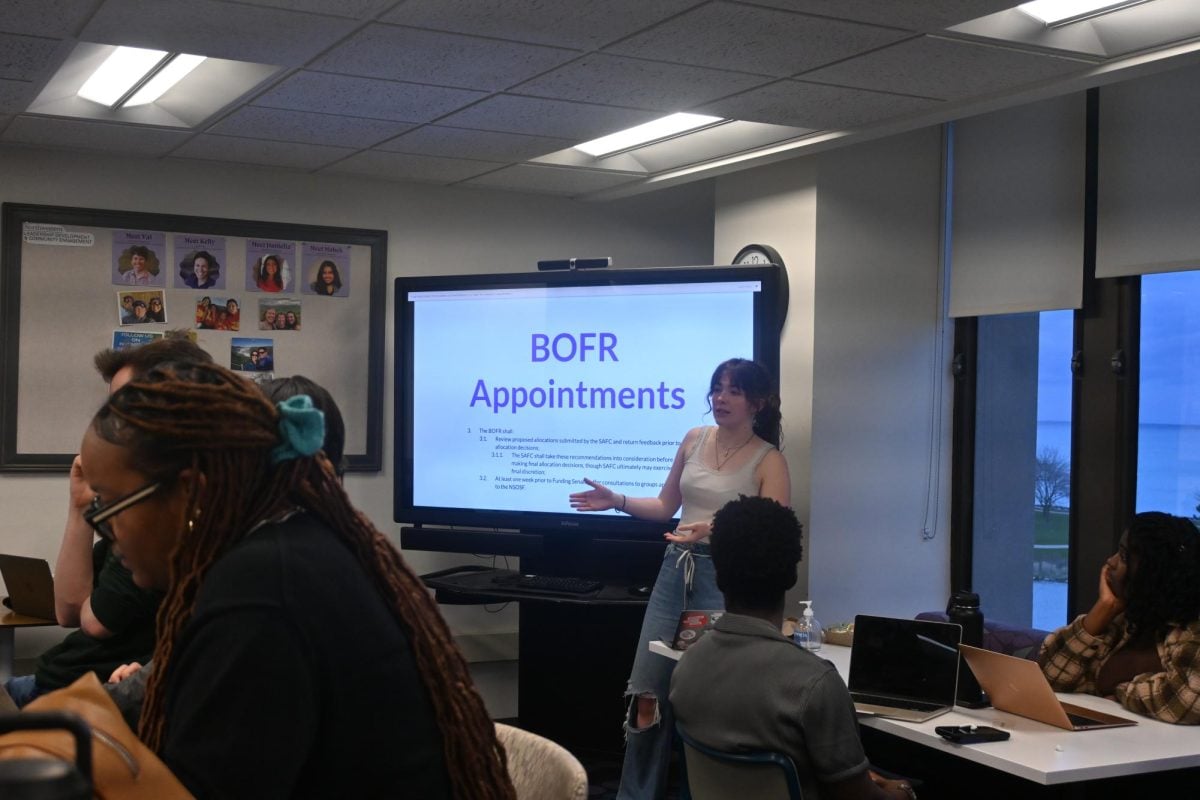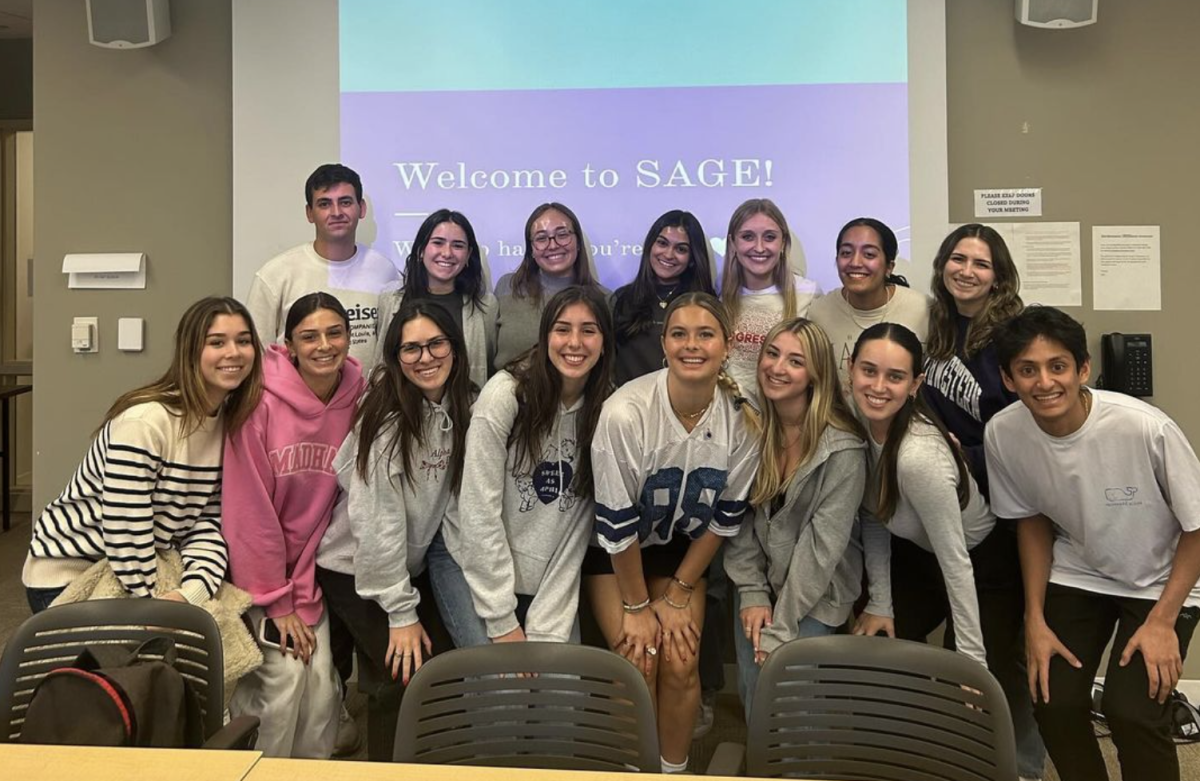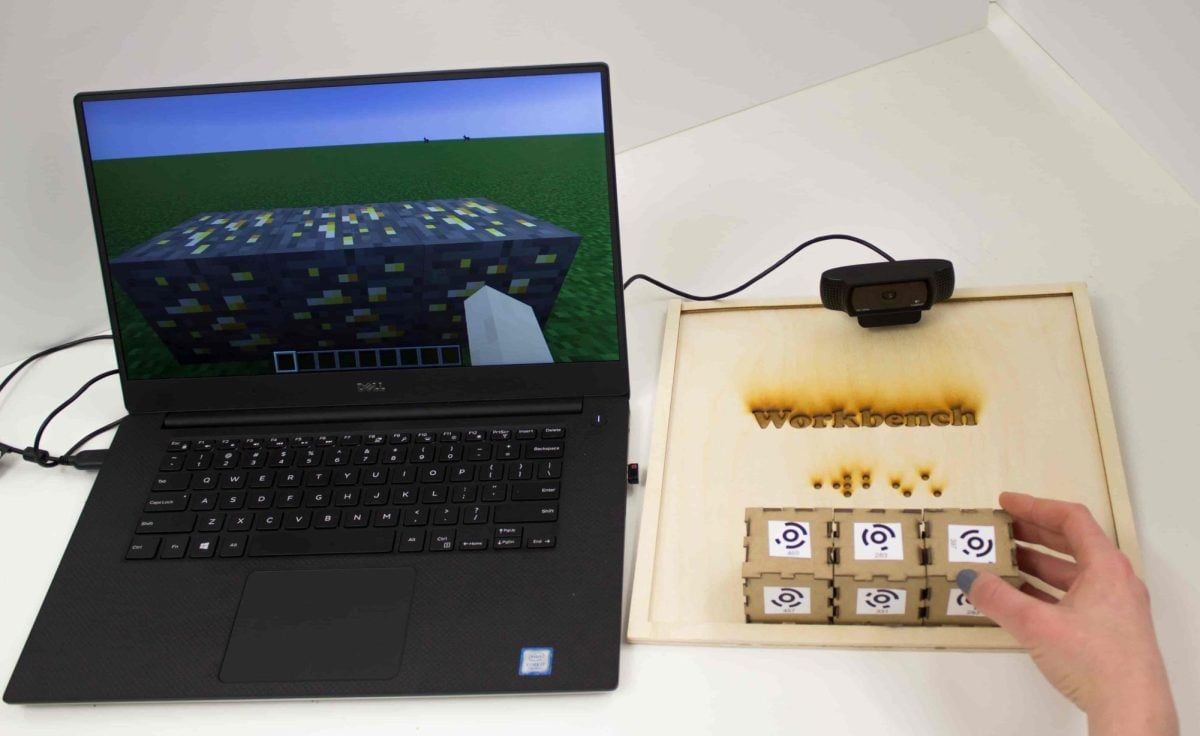An international team of researchers, including two groups from Northwestern, have come one step further in determining the causes of an extremely rare, fatal disease in children.
Giant axonal neuropathy (GAN) is a genetic disease affecting the central and peripheral nervous systems of about 30 patients worldwide and is often characterized by markedly curly hair.
“The children are born normal. They don’t have any symptoms,” said Saleemulla Mahammad, a postdoctoral fellow in Robert Goldman’s NU lab in the department of cell and molecular biology. “At two to three, they start to have the first signs of muscle weakness and difficulty walking.”
By age 10 most patients are forced to use wheelchairs. The majority depend on breathing and feeding tubes by their 20s and die in their 30s.
GAN causes a buildup of structural “filaments” in the neurons — so much so that the neurons swell and give rise to the “giant” portion of the disease’s name.
Previous research has been difficult for a few reasons, including extreme difficulty of obtaining individual neurons from patients. Other researchers, though, have recently shown that special cells in the skin, called fibroblasts, can be used in their place.
Researchers also knew a protein called gigaxonin was involved in the disease formation process, but they did not understand its role. Was gigaxonin’s presence causing the filament buildup, or did that begin once gigaxonin stopped working?
Goldman and Mahammad collaborated with Puneet Opal, a professor in NU’s department of neurology and physiology, who studies the disease and its diagnosis. Dr. Pascale Bomont in Montpelier, France, and Dr. Jean-Pierre Julien in Quebec, Canada, also helped with the study.
In the hopes of seeing either an improvement or a worsening of filament buildup, the research team introduced gigaxonin to the skin cells from unaffected participants and affected patients. After 72 hours, “filament (buildup) dramatically decreased,” Mahammad said.
The results mean that somewhere in the disease process, gigaxonin stops working and causes cells to swell from the filament buildup. Giving cells more gigaxonin rids neurons of filaments very quickly, but cells need some filament to maintain their shape and structure.
The key to a drug, Mahammad said, may be finding the perfect balance of destroying the filament buildups but leaving enough to survive. Until then, Goldman’s team is interested in determining just how gigaxonin stops working.
“Once this is known, we will have a molecular target to pursue a high throughput compound screen to see first if there are any FDA approved drugs that may treat the disease,” Loris Sames, c0-founder and executive director of Hannah’s Hope Fund, wrote in an email.
Hannah’s Hope, a nonprofit organization funding the research, assists special needs children with treatment and gives money to pediatric brain research.
Mahammad added that filament buildup is also involved in other diseases, including Alzheimer’s and Parkinson’s diseases, dementia and diabetic neuropathy.
“The findings of our studies on GAN may affect those other neuronal diseases,” he said.













